Comentarios / Preguntas (94)
![]() Kelly escribió:
Kelly escribió:
I was wondering for the graph, if each stitch was individual to each chain. Most diagrams have chain's underneath the symbol to indicate where the stitch is going. Also when it says to work from 1st round in A1 (=12 dc) 21 times in width, and when AX has been worked verticall what does that mean? At this point are you supposed to actually crochet 12dc and turn 21 times? Thanks, Kelly
05.04.2016 - 00:27DROPS Design respondió:
Dear Kelly, the diagram A.1 will be worked a total of 21 times in width on the round (work first round 1 over all sts, then round 2 over all sts etc..) - inserting a marker between each repeat may help - Make 1 ch for each "-" in diagram, so that on row 3 in A.1, you will work 5 ch, 1 sc, 5 ch between the dc - A.X = row 3 to 6 in A.1. When working A.1, work to row 6 = including A.X then work again the row 3 to 6 (= A.X) then continue A.1 with next row (= row 7 in A.1, coming after A.X). Happy crocheting!
05.04.2016 - 09:31
![]() Rendi escribió:
Rendi escribió:
Hello, are the instructions available in English, please? I have not yet learned to use charts. Thank you :-)
31.01.2016 - 17:34DROPS Design respondió:
Dear Rendi, there are only diagrams to this pattern - each symbol represent 1 st/group of st as stated under diagram text, start reading from the right and read every round from the right towards the left. You are welcome to contact your DROPS store for any further individual assistance. Happy crocheting!
01.02.2016 - 11:19
![]() Sacha Roest escribió:
Sacha Roest escribió:
Please look at the terms in the diagram, maybe its a mistake... The little X says "sc in/around st", the little T: "sc in ch-space". My question is how to sc in ch-space. The term: "dc around ch-space" I get... So is this just wrong? Should the little T be called "sc around ch-space"? Or is it the same as the little X?
05.09.2015 - 20:16DROPS Design respondió:
Dear Mrs Roest, you crochet around the ch-space inserting crochet hook in the ch-space, but when you have to crochet in the st (eg in the sc below), you will insert crochet hook under both threads of st (sc in this example) from previous round. Happy crocheting!
07.09.2015 - 10:42
![]() Sacha Roest escribió:
Sacha Roest escribió:
In the diagram explanation one symbol is the "dc around ch-space" another "sc in ch-space". Is there is a difference inbetween "in" and "around"? As far as I know they are the same and the only difference is the dc and sc.. Please let me know if this is true. (I made the mistake by posting this question for uk aswell..)
03.09.2015 - 12:13DROPS Design respondió:
See answer below.
03.09.2015 - 15:35
![]() Zenna escribió:
Zenna escribió:
Hallo, Ik heb gehaakt met een ander soort katoen en de cm hoogte komt bij mij niet op het zelfde uit is dit erg? Alvast bedankt !
22.07.2015 - 15:25DROPS Design respondió:
Hoi Zenna. Het beste is als je proeflapje gelijk is aan wat aangegeven is in het het patroon. Is jouw rok wel goed in de breedte, maar korter dan op de foto en ben je hier blij mee, dan lijkt het mij geen probleem :-)
28.07.2015 - 15:59
![]() Patricia escribió:
Patricia escribió:
Ich habe das Muster 3 nochmal aufgetrennt. Jetzt funktioniert es. DANKE
03.07.2015 - 21:16
![]() Patricia escribió:
Patricia escribió:
Und 2.: Werden im unteren und mittleren Teil die vier Stäbchen jeweils alle aus der Mitte gehäkelt (was ja dann in Reihe 4 sechs Stäbchen aus einer Luftmasche wären) oder dann jeweils die "inneren" zwei Stäbchen aus der Mitte der Vorreihe und die äußeren Stäbchen dann jeweils aus den Stäbchen der Vorreihe? Danke schon im Voraus!!!
19.06.2015 - 21:32DROPS Design respondió:
Sie häkeln die 4 Stb immer UM die Lm-Bögen, also gar nicht in die Stb der Vor-R.
21.06.2015 - 20:10
![]() Patricia escribió:
Patricia escribió:
Ich habe eine Problem (oder mehrere) mit dem Muster 3: 1. Wo genau muss ich bei der vorletzten Reihe einstechen, um neben dem Dreifachstäbchen die beiden Doppelstäbchen zusammenzuhäkeln? Irgendwie verzieht sich der Rock da ganz komisch.
19.06.2015 - 21:32DROPS Design respondió:
Sie stechen am Anfang der R in die 1. Luft-M der Luft-M-Kette (aus 4 Lm) der Vor-R ein. Oder haben Sie das probiert und es verzieht sich?
21.06.2015 - 20:08
![]() Marita escribió:
Marita escribió:
Det blir mycket större hål än på bilden Lace är så tunt så jag skulle behöva virknål 2 och då blir måtten fel. Synd.
16.06.2015 - 15:12
![]() Marita escribió:
Marita escribió:
Om jag ska virka denna i Lace ska jag ha dubbelt garn då?
15.06.2015 - 16:40
Summer Escape#summerescapeskirt |
|||||||||||||||||||||||||||||||||||||
 |
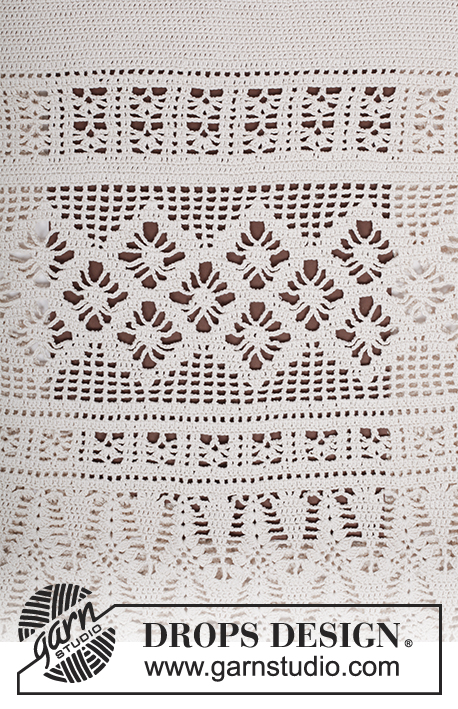 |
||||||||||||||||||||||||||||||||||||
Falda de ganchillo DROPS con puntos altos, patrón de calados, trabajada de arriba abajo en “Safran”. Talla: S-XXXL.
DROPS 162-18 |
|||||||||||||||||||||||||||||||||||||
|
INFORMACIÓN PARA LA ELABORACIÓN DEL TRABAJO: Sustituir el primer p.a. del inicio de la hilera/vta con 3 cad. Terminar la hilera con 1 p.a. en la 3ª cad de la hilera anterior (cuando la pieza es trabajada de ida y vuelta) y terminar la vta con 1 p.bjs en la 3ª cad del inicio de la vta (cuando la pieza es trabajada en redondo). NO sustituir el primer p.b. al inicio de la vta, mas trabajar 1 cad antes del p.b. al inicio de la vta. Terminar con 1 p.bjs en la primera cad de la vta. TIP PARA AUMENTAR: Aumentar 1 p.a. trabajando 2 p.a. en el mismo p.a. TIP PARA DISMINUIR: Trabajar 1 p.a. pero no hacer la última lazada (= 2 pts en la ag), después trabajar el p.a. sig, pero en la última lazada, extraer el hilo a través de todos los 3 pts en la ag = 1 pt disminuido. PATRÓN: Ver diagramas A.1 a A.3. ----------------------------------------------------- FALDA: Trabajar de ida y vuelta, de arriba abajo hasta después de la abertura en el lado, después trabajar en redondo. Montar 186-209-232-258-279-305 cad (incl. 3 cad para virar) en ag de ganchillo tamaño 3.5 mm con Safran. Trabajar la primera hilera de la manera sig: 1 p.a. en la 4ª cad a partir de la ag, 1 p.a. en cada una de las 4 cad sig, * saltar 1 cad, 1 p.a. en cada una de las 6 cad sig *, repetir de *a* hasta que resten 3-5-7-5-5-3 cad, saltar 1 cad y terminar con 1 p.a. en cada uno de los últimos 2-4-6-4-4-2 p.a. = 158-178-198-220-238-260 p.a. Después trabajar de ida y vuelta con 1 p.a. en cada p.a. – LEER INFORMACIÓN PARA LA ELABORACIÓN DEL TRABAJO. RECORDARSE DE MANTENER LA MISMA TENSIÓN DE LA MUESTRA! Cuando 5 hileras han sido trabajadas verticalmente, insertar 6 marcapuntos en la pieza de la manera sig: El primer marcapuntos después de 14-14-16-20-21-22 p.a., después debe haber 26-30-33-36-39-43 p.a. entre cada marcapuntos, habrá 14-14-17-20-22-23 p.a. después del último marcapuntos al final de la hilera. En la hilera sig, aumentar 1 p.a. antes de todos los marcapuntos – LEER TIP PARA AUMENTAR! Repetir los aumentos a cada 2 hileras 6-6-7-8-9-10 veces más – NOTA: Aumentar alternativamente antes y después de los marcapuntos = 200-220-246-274-298-326 p.a. AL MISMO TIEMPO, cuando 12 hileras en total han sido trabajadas verticalmente, terminar la abertura en el lado y continuar la pieza en redondo, comenzar la vta en el lado – LEER INFORMACIÓN PARA LA ELABORACIÓN DEL TRABAJO! Cuando la pieza mida 24-24-25-25-25-26 cm, aumentar 28-32-30-26-38-22 pts distribuidos equitativamente en la vta sig = 228-252-276-300-336-348 pts. Ahora trabajar el patrón de la manera sig: Trabajar a partir de la 1ª vta en A.1 (= 12 p.a.) 19-21-23-25-28-29 veces a lo ancho. Cuando A.X ha sido trabajado 1 vez verticalmente, repetir A.X 1 vez más antes de continuar con la vta sig en el diagrama. Después trabajar 1-2-2-1-2-3 vtas con 1 p.a. en cada p.a. y, AL MISMO TIEMPO, en la última vta, aumentar 36-36-36-36-24-36 pts distribuidos equitativamente = 264-288-312-336-360-384 p.a. Ahora trabajar a partir de la 1ª vta en A.2 (= 11-12-13-14-15-16 repeticiones) y, AL MISMO TIEMPO, en la última vta, aumentar 12 p.a. distribuidos equitativamente en todas las tallas = 276-300-324-348-372-396 p.a. Continuar con A.1 (= 23-25-27-29-31-33 repeticiones) 1 vez verticalmente y, AL MISMO TIEMPO, en la última vta, aumentar 12-20-12-20-12-20 p.a. distribuidos equitativamente = 288-320-336-368-384-416 p.a. Ahora trabajar A.3 (= 18-20-21-23-24-26 repeticiones). Cuando A.3 ha sido trabajado verticalmente, repetir A.Z 1-1-1-2-2-2 veces más verticalmente. Ahora trabajar de la manera sig: 1 cad (= 1 p.b.), ** trabajar * 4 cad, 1 p.b. en el arco de cad sig *, repetir de *a* 2 veces más, 4 cad, saltar 3 p.a., 1 p.b. en el p.a. sig **, repetir de **a** en toda la vta, y terminar con 1 p.bjs en la primera cad de la vta. HEBILLAS PARA LOS OJALES: A lo largo de la abertura en la pieza del frente trabajar hebillas para los ojales de la manera sig (comenzar en la parte de abajo): 2 p.b. en el primer p.a., 3 cad, saltar 1 p.a., * trabajar 2 p.b. en cada uno de los 2 p.a. sig, 3 cad, saltar 1 p.a. *, repetir de *a* 3 veces en total y terminar con 2 p.b. en el último p.a. de la parte de arriba, virar y trabajar de retorno de la manera sig: 1 p.b. en cada p.b. y 3 p.b. en cada arco de cad. BORDE PARA LOS BOTONES: A lo largo del otro lado de la abertura trabajar 5 hileras de p.b. de ida y vuelta (en la 1ª hilera trabajar 2 p.b. en cada p.a. = 24 p.b.), cortar el hilo. Coser los botones en el borde para los botones. ORILLA: Trabajar una orilla en la parte de arriba de la cintura de la falda, de la manera sig, por el LD: Asegurar el hilo con 1 p.bjs en el borde de la orilla de doblez de los botones, 1 cad, * 1 cad, saltar 1 cad, 1 p.b. en la cad sig *, repetir de *a* a lo largo de toda la orilla de la cintura. Cortar y asegurar el hilo. |
|||||||||||||||||||||||||||||||||||||
Explicaciones del diagrama |
|||||||||||||||||||||||||||||||||||||
|
|||||||||||||||||||||||||||||||||||||
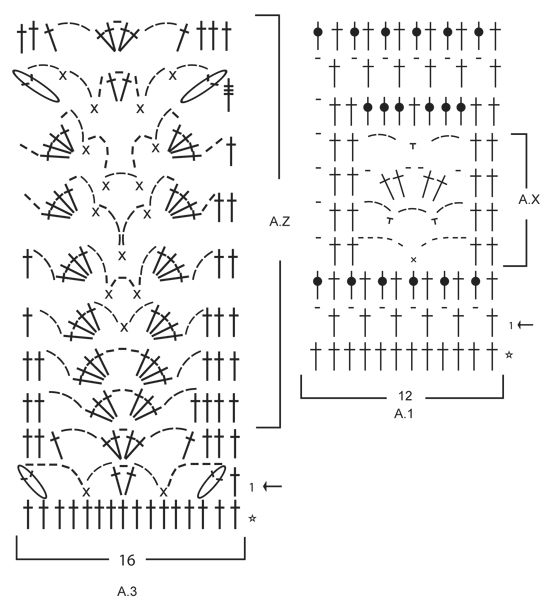 |
|||||||||||||||||||||||||||||||||||||
 |
|||||||||||||||||||||||||||||||||||||
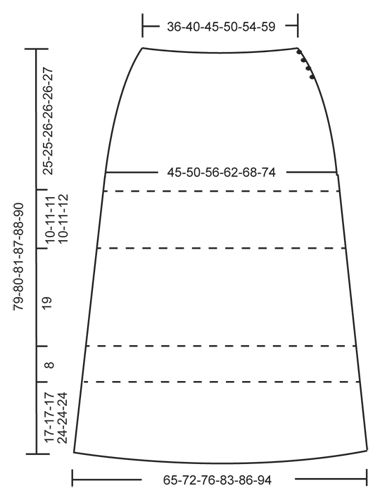 |
|||||||||||||||||||||||||||||||||||||
¿Terminaste este patrón?Entonces, etiqueta tus fotos con #dropspattern #summerescapeskirt o envíalas a la galería #dropsfan. ¿Necesitas ayuda con este patrón?Encontrarás 12 videos tutoriales, un espacio para comentarios/preguntas y más visitando la página del patrón en garnstudio.com © 1982-2025 DROPS Design A/S. Todos los derechos reservados. Este documento, incluyendo todas sus sub-secciones, está protegido por los derechos de autor (copyright). Lee más acerca de lo que puedes hacer con nuestros patrones en la parte de abajo de cada patrón de nuestro sitio. |
|||||||||||||||||||||||||||||||||||||








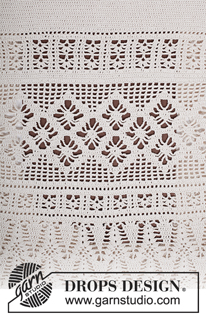



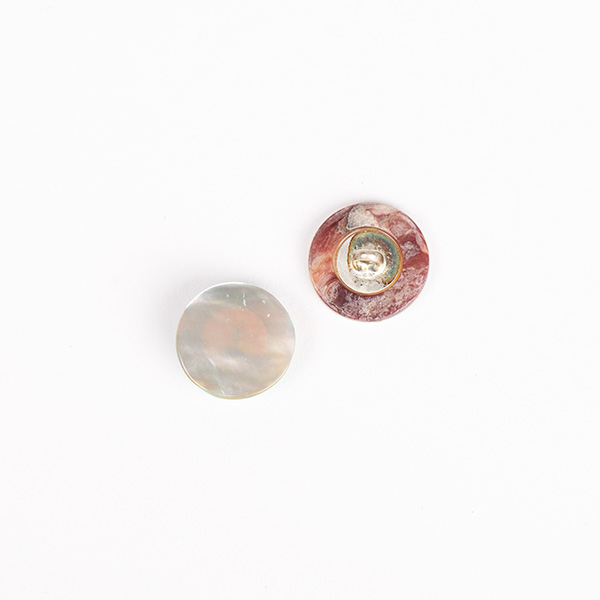

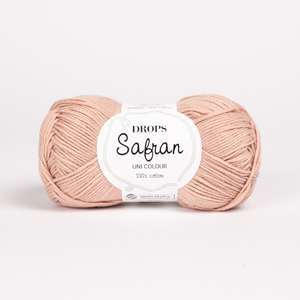

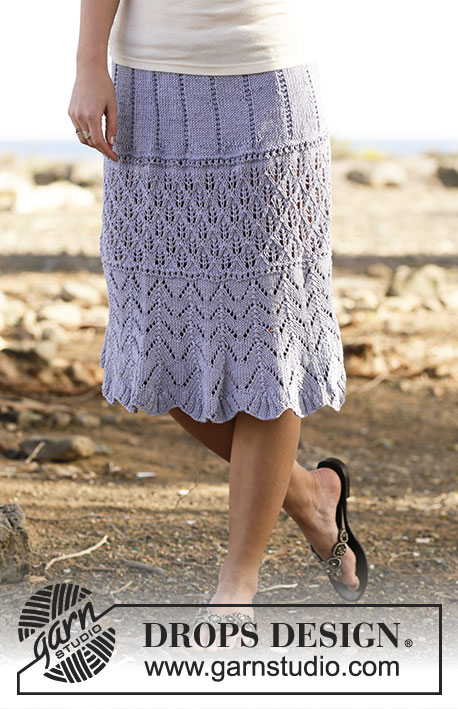


























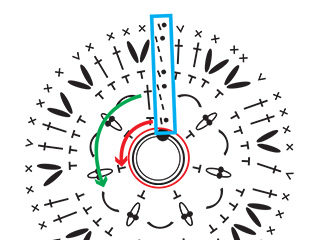



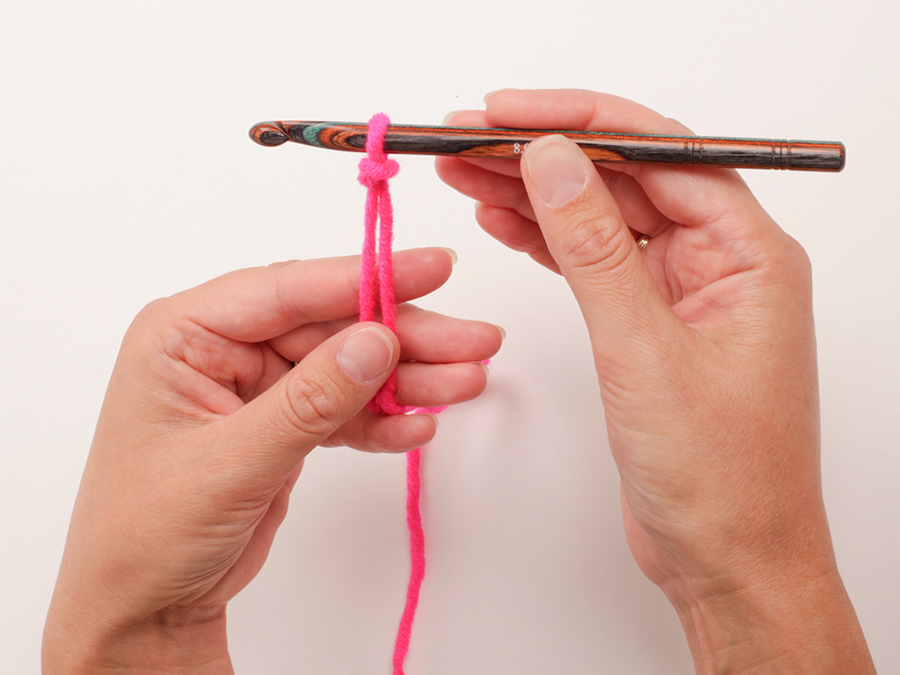

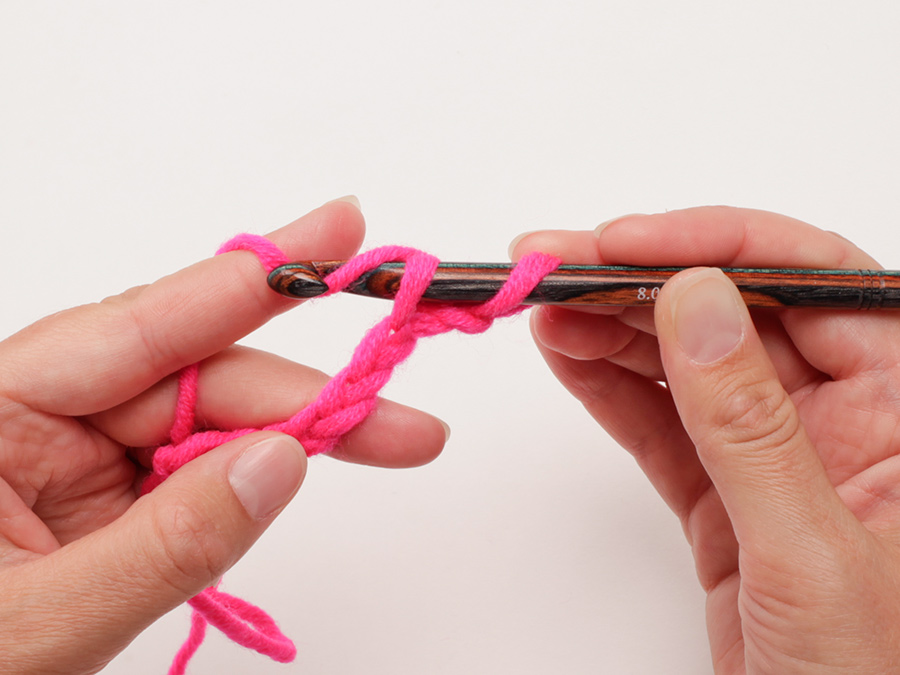
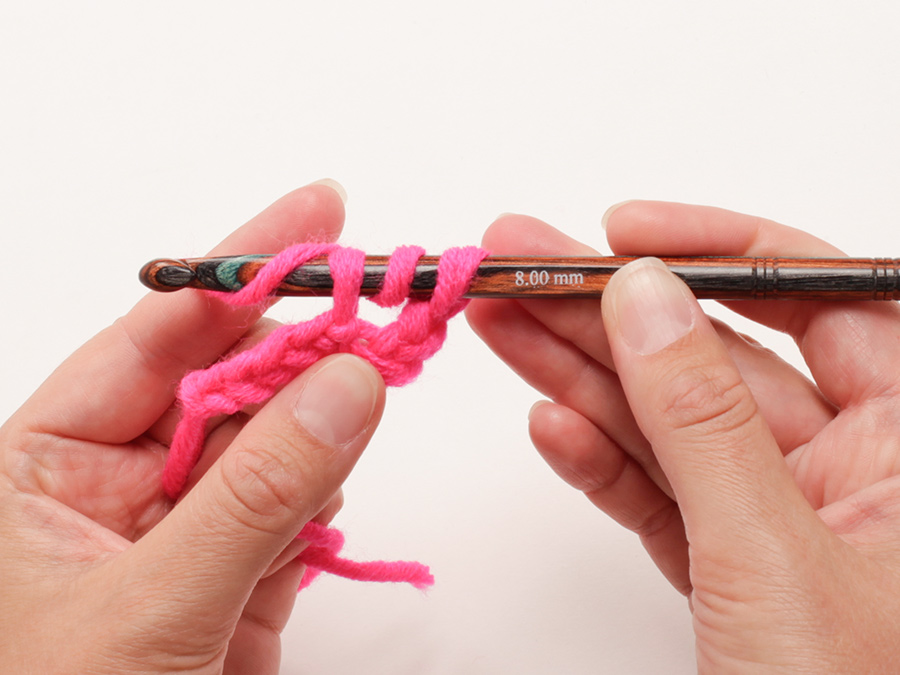



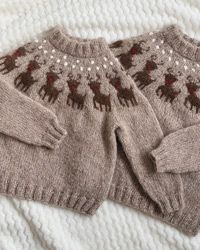

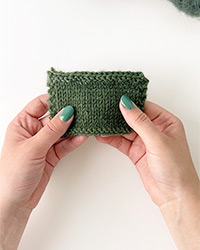
Escribe un comentario sobre DROPS 162-18
¡Nos encantaría saber qué piensas acerca de este patrón!
Si quieres escribir una pregunta referente al patrón, por favor asegúrate de elegir la categoría correcta en el formulario debajo, para acelerar el proceso de respuesta. Los campos obligatorios están marcados con un *.